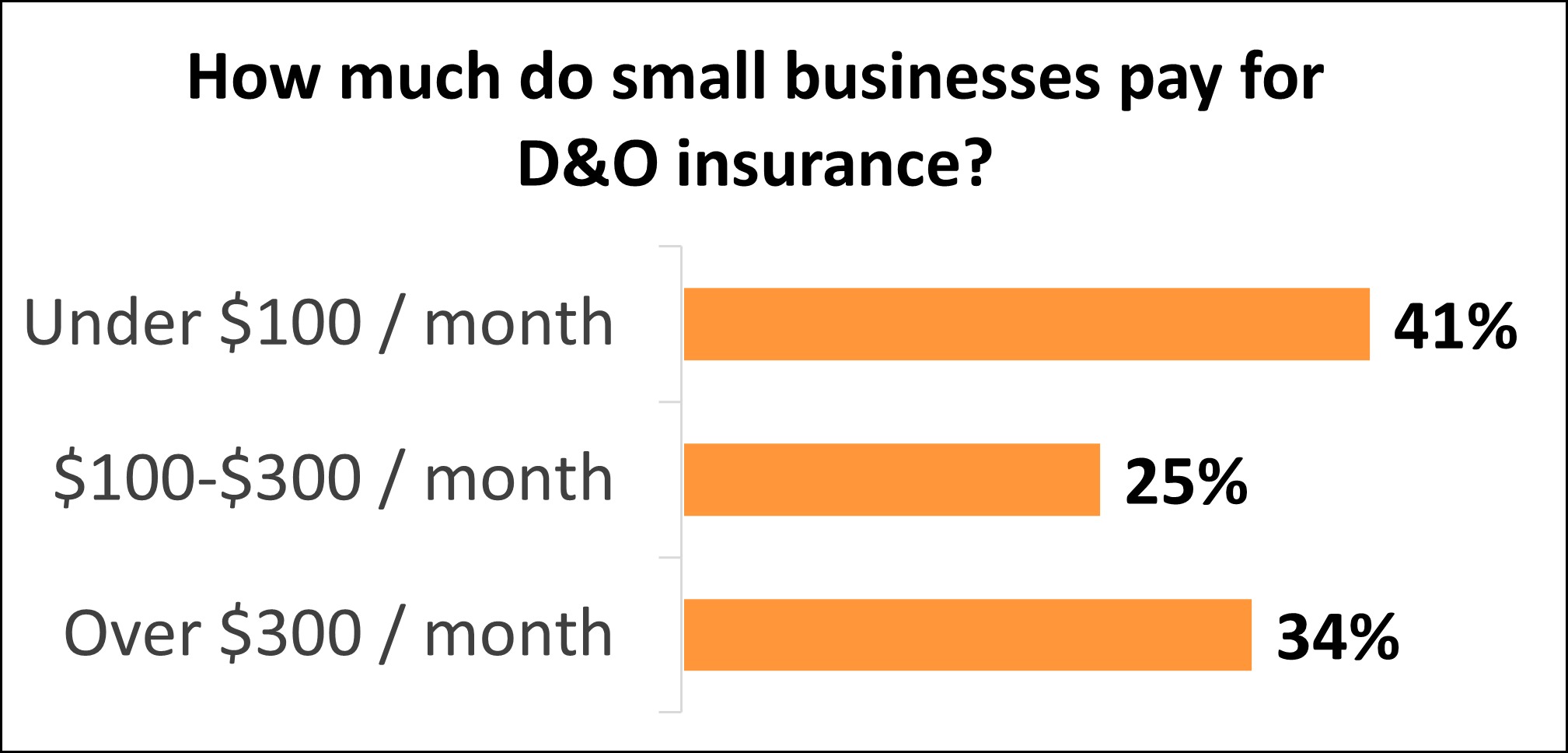

Finance
How To Record Receipt Of Revolving Credit
Published: February 29, 2024
Learn how to properly record the receipt of revolving credit in your finances. Understand the process and manage your credit effectively.
(Many of the links in this article redirect to a specific reviewed product. Your purchase of these products through affiliate links helps to generate commission for LiveWell, at no extra cost. Learn more)
Table of Contents
**
Introduction
**
Revolving credit is a powerful financial tool that provides flexibility and convenience to individuals and businesses. It allows for repeated borrowing and repayment within a specified credit limit, offering a continuous access to funds. However, to effectively manage revolving credit, it is crucial to accurately record the receipt of funds. This article will delve into the significance of recording the receipt of revolving credit and provide a comprehensive guide on how to do so efficiently.
Properly documenting the receipt of revolving credit is essential for maintaining financial transparency and accountability. It enables individuals and businesses to track their borrowing activities, monitor their credit utilization, and ensure compliance with financial regulations. Failing to record the receipt of revolving credit can lead to confusion, discrepancies in financial records, and potential compliance issues. Therefore, understanding the process of recording revolving credit is paramount for responsible financial management.
Moreover, the act of recording the receipt of revolving credit serves as a proactive measure to maintain accurate financial records, which is invaluable for informed decision-making and financial planning. By keeping meticulous records of credit receipts, borrowers can gain insights into their borrowing patterns, identify opportunities for cost-saving measures, and establish a solid foundation for effective budgeting.
In the subsequent sections of this article, we will explore the intricacies of revolving credit, emphasize the importance of recording its receipt, and provide actionable steps to ensure that this vital financial activity is properly documented. Understanding the nuances of recording revolving credit is an essential aspect of financial literacy and responsible credit management, and this article aims to equip readers with the knowledge and guidance needed to navigate this process with confidence.
Understanding Revolving Credit
Before delving into the specifics of recording the receipt of revolving credit, it is essential to grasp the fundamental concept of revolving credit itself. Unlike traditional installment loans, such as mortgages or car loans, which have a fixed term and regular payments, revolving credit offers a more flexible borrowing arrangement.
Revolving credit provides borrowers with a predetermined credit limit, which represents the maximum amount that can be borrowed. Unlike a one-time loan, the borrower can access funds up to this limit as needed, and the outstanding balance can fluctuate based on borrowing and repayment activities. One of the most common forms of revolving credit is a credit card, where the cardholder can make purchases or cash advances up to a certain limit and make payments over time, subject to minimum payment requirements.
Another prevalent form of revolving credit is a line of credit, which can be extended by financial institutions to individuals or businesses. This type of credit allows the borrower to withdraw funds as necessary, up to the approved limit, and interest is typically charged only on the amount borrowed. Revolving credit offers unparalleled flexibility, as borrowers have the freedom to use the funds for various purposes and can repay and reborrow within the specified limit, as long as they adhere to the terms and conditions of the credit agreement.
Understanding the nature of revolving credit is crucial for making informed financial decisions and leveraging this financial tool effectively. It is important to recognize that revolving credit is a dynamic and adaptable form of borrowing, and its unique characteristics distinguish it from traditional installment loans. By comprehending the revolving nature of this credit arrangement, borrowers can navigate its features, benefits, and potential pitfalls with confidence.
As we proceed, we will delve deeper into the significance of recording the receipt of revolving credit and elucidate the steps to ensure that this process is executed accurately and efficiently.
Importance of Recording Receipt of Revolving Credit
Accurately recording the receipt of revolving credit is of paramount importance for several compelling reasons. Firstly, maintaining precise records of credit receipts fosters financial transparency and accountability. By documenting the inflow of funds from revolving credit, individuals and businesses establish a clear trail of financial activities, which is indispensable for financial management and reporting.
Additionally, recording the receipt of revolving credit enables borrowers to monitor their credit utilization effectively. Credit utilization, which refers to the percentage of available credit being used, is a critical factor in credit scoring models. By meticulously documenting credit receipts, borrowers can track their credit utilization and make informed decisions to optimize their credit scores. Moreover, accurate records of credit receipts can serve as a safeguard against unauthorized or erroneous charges, allowing borrowers to identify and address any discrepancies promptly.
Furthermore, the act of recording revolving credit receipts facilitates compliance with financial regulations and internal policies. Whether for personal finances or business operations, maintaining comprehensive records of credit receipts is essential for demonstrating compliance with lending agreements, tax obligations, and accounting standards. This not only mitigates the risk of non-compliance but also instills confidence in financial stakeholders, including lenders, investors, and regulatory authorities.
From a strategic standpoint, documenting the receipt of revolving credit empowers borrowers to gain insights into their borrowing patterns and financial behaviors. By analyzing credit receipts over time, individuals and businesses can identify trends, assess their borrowing needs, and make informed decisions regarding future credit utilization. This proactive approach to recording credit receipts lays the foundation for prudent financial planning and budgeting, enabling borrowers to optimize their financial resources effectively.
Ultimately, the importance of recording the receipt of revolving credit transcends mere documentation; it is a fundamental practice that underpins responsible financial management. By recognizing the significance of this process and embracing it as a proactive financial discipline, borrowers can navigate the complexities of revolving credit with confidence and clarity.
As we proceed, we will explore the actionable steps to ensure that the receipt of revolving credit is recorded accurately and efficiently, empowering individuals and businesses to leverage this financial tool effectively.
Steps to Record Receipt of Revolving Credit
Recording the receipt of revolving credit involves a series of essential steps to ensure accuracy and completeness in financial documentation. By following these steps diligently, borrowers can maintain transparent and reliable records of their credit receipts, facilitating informed decision-making and compliance with financial regulations.
1. Documenting the Transaction: When funds from revolving credit are received, it is imperative to document the transaction details. This includes recording the date of receipt, the source of the credit (such as the financial institution or credit card issuer), and the amount received. This initial step lays the foundation for comprehensive record-keeping and provides a clear audit trail of credit inflows.
2. Noting Terms and Conditions: It is essential to review and document the terms and conditions associated with the receipt of revolving credit. This may include the interest rate applicable to the borrowed funds, any associated fees, and the repayment schedule. By capturing these details at the time of receipt, borrowers can gain a holistic understanding of their credit obligations and avoid potential discrepancies in the future.
3. Updating Financial Records: Once the receipt of revolving credit is documented, it should be promptly reflected in the borrower’s financial records. This may involve updating accounting ledgers, financial software systems, or budgeting tools to accurately account for the newly acquired funds. Timely and accurate record-keeping is essential for maintaining financial transparency and facilitating effective financial management.
4. Reconciling Statements: Regular reconciliation of credit statements with recorded credit receipts is crucial for identifying and addressing any discrepancies. Borrowers should compare their documented credit receipts with the statements provided by the financial institution or credit card issuer to ensure alignment. Any disparities should be investigated and resolved promptly to maintain the integrity of financial records.
5. Monitoring Credit Utilization: As part of the recording process, borrowers should monitor their credit utilization, which reflects the proportion of available credit being utilized. By tracking credit utilization in relation to the recorded credit receipts, borrowers can optimize their credit usage and make informed decisions to manage their credit effectively.
6. Retaining Documentation: It is advisable to retain all documentation related to the receipt of revolving credit, including transaction records, credit statements, and correspondence with the credit issuer. These records serve as a vital resource for reference, audit, and dispute resolution, offering a comprehensive view of credit activities over time.
By diligently following these steps to record the receipt of revolving credit, borrowers can uphold financial transparency, mitigate the risk of errors or discrepancies, and empower themselves to make informed financial decisions based on accurate and reliable credit records.
Conclusion
Recording the receipt of revolving credit is not merely a procedural task; it is a fundamental practice that underpins responsible financial management and empowers individuals and businesses to leverage credit effectively. By understanding the nuances of revolving credit, recognizing the importance of documenting credit receipts, and following the essential steps for accurate record-keeping, borrowers can navigate the complexities of this financial tool with confidence and clarity.
Accurate and comprehensive documentation of credit receipts fosters financial transparency, enables effective credit utilization monitoring, and facilitates compliance with financial regulations. It serves as a proactive measure for maintaining clear and reliable financial records, which are invaluable for informed decision-making, financial planning, and demonstrating compliance with lending agreements and regulatory requirements.
Moreover, the disciplined approach to recording the receipt of revolving credit empowers borrowers to gain insights into their borrowing patterns, identify opportunities for cost-saving measures, and establish a solid foundation for effective budgeting. By embracing this practice as an integral aspect of financial literacy, individuals and businesses can optimize their credit management strategies and enhance their overall financial well-being.
As the financial landscape continues to evolve, the ability to navigate revolving credit with confidence and prudence is a valuable skill. By recognizing the significance of recording credit receipts and integrating this practice into their financial routines, borrowers can harness the flexibility and convenience of revolving credit while maintaining financial stability and control.
In conclusion, the process of recording the receipt of revolving credit transcends mere documentation; it is a proactive and strategic endeavor that empowers borrowers to wield this financial tool responsibly and effectively. Embracing this practice as a cornerstone of financial discipline, borrowers can chart a course towards prudent credit management, informed decision-making, and sustained financial well-being.














